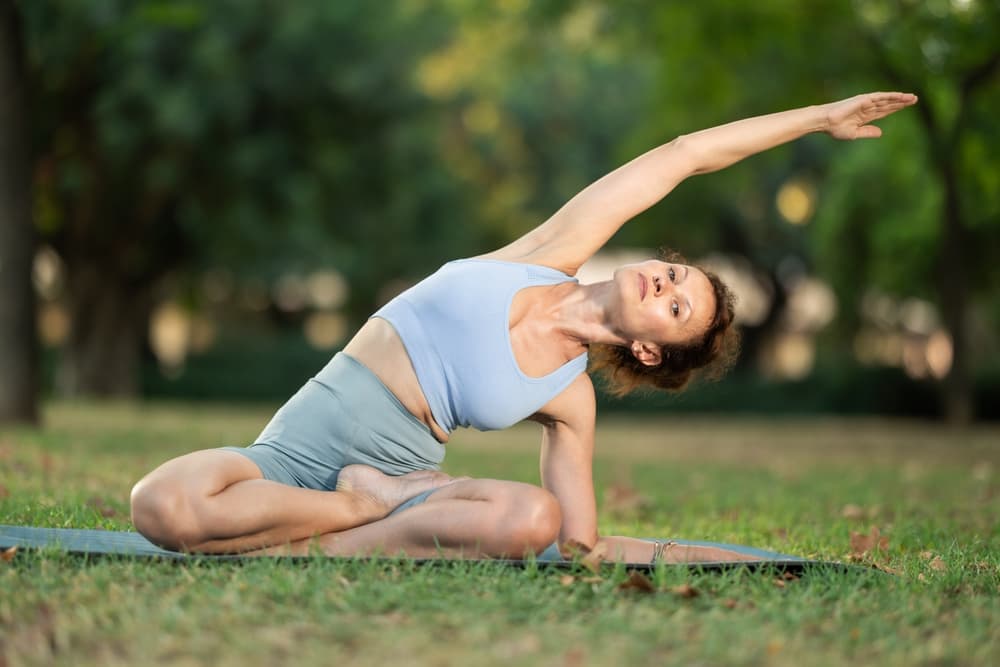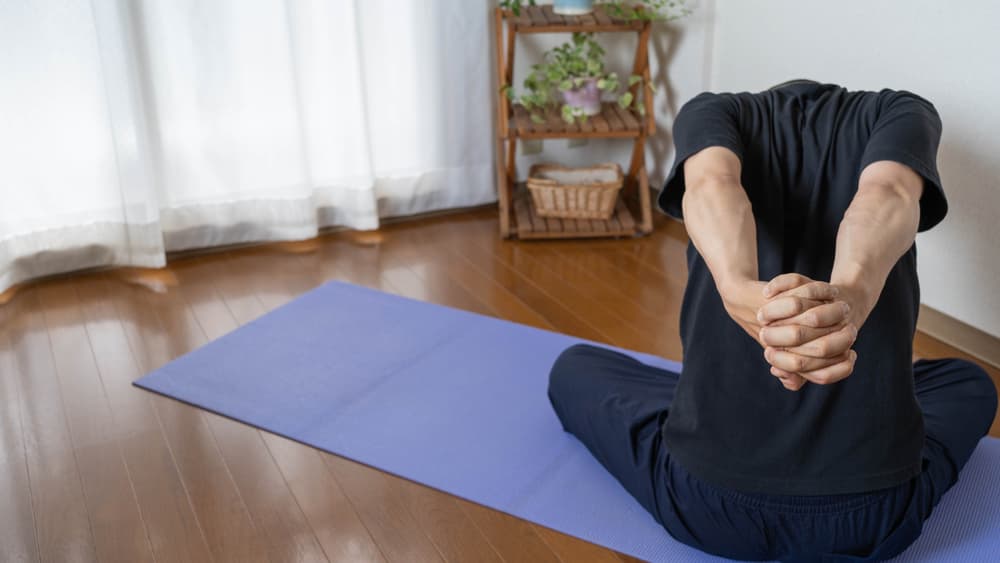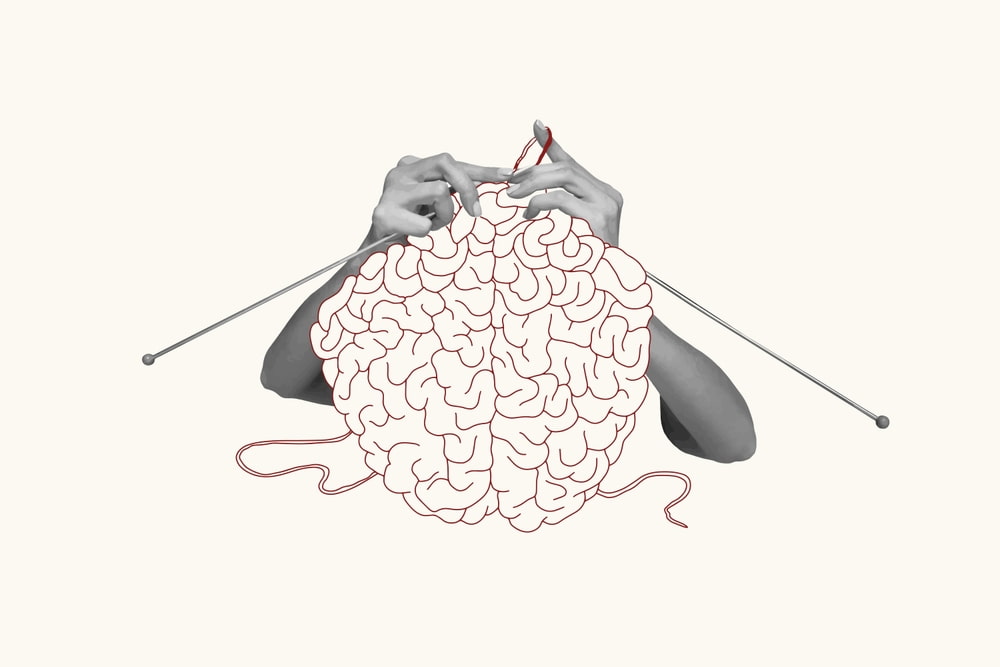Best meditation techniques for beginners at home
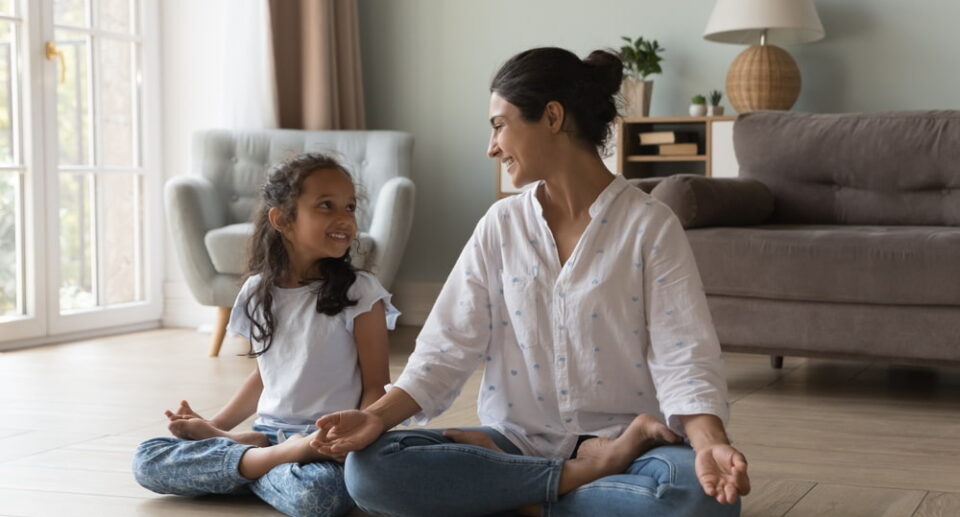

Meditation is a powerful tool for achieving peace of mind, reducing stress, and enhancing overall well-being. In today’s fast-paced world, finding time to calm the mind and focus inward has become essential. If you’re new to meditation, this guide will introduce you to simple techniques you can practice at home. Let’s explore the best meditation practices for beginners and how they can transform your life.
According to the American Psychological Association (APA), over 200 studies have shown that mindfulness meditation can reduce anxiety, depression, and stress in both beginners and experienced practitioners.
What is Meditation and Why is it Important?


Meditation is the practice of training the mind to focus and achieve a mentally clear and emotionally calm state. Originating in ancient cultures, it is now widely used as a modern stress management tool. Scientific studies show that regular meditation can:
- Reduce stress and anxiety.
- Enhance focus and concentration.
- Promote better sleep.
- Boost emotional resilience.
- Improve overall physical health.
How to Prepare for Meditation at Home
Creating the right environment is key to a successful meditation practice. Follow these tips to set the stage:
1. Find a Quiet Space


Choose a spot in your home where you won’t be disturbed. It could be a corner of your bedroom, living room, or even a balcony.
2. Make it Comfortable
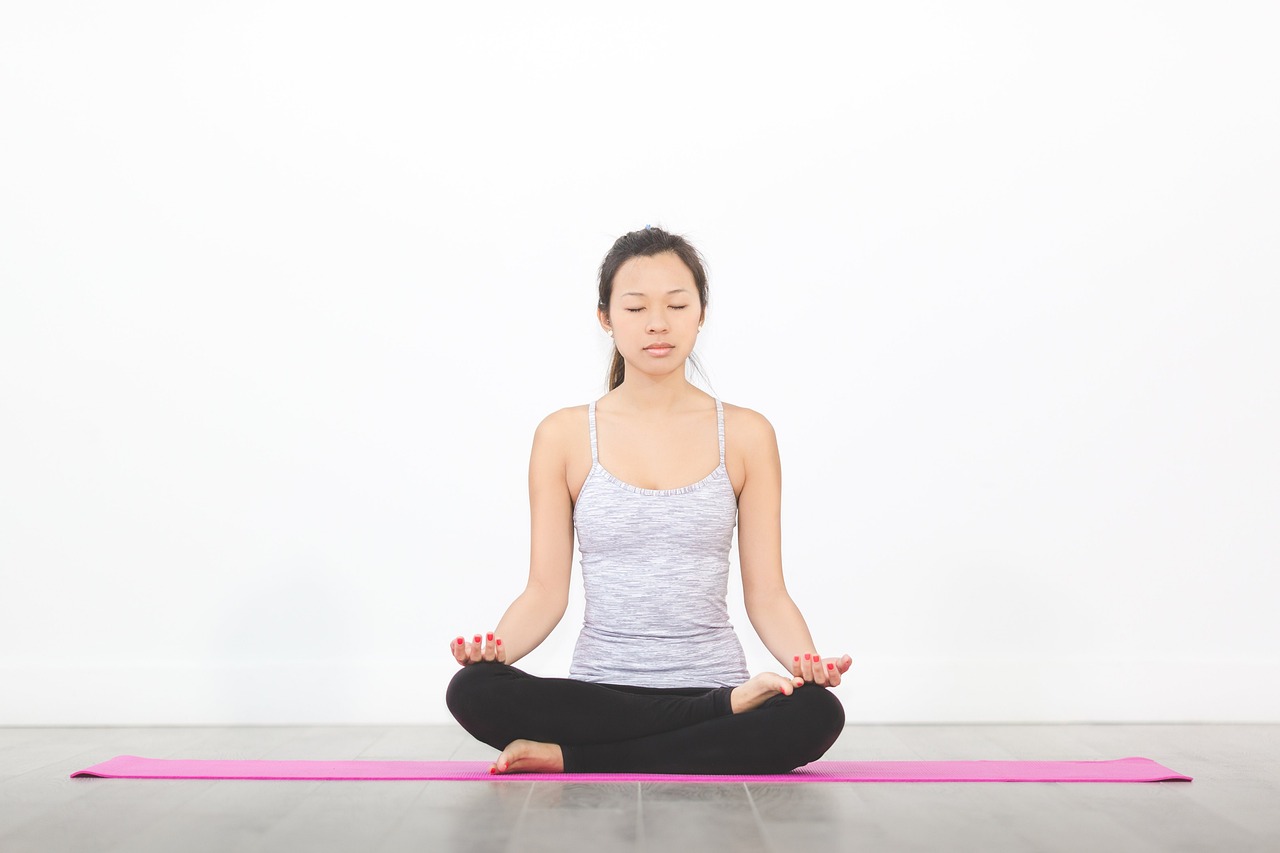

- Use a yoga mat, cushion, or chair for support.
- Adjust the lighting to be soft and soothing.
- Add calming elements like candles, plants, or a diffuser with essential oils (e.g., lavender for relaxation).
3. Wear Comfortable Clothing
Loose, breathable clothes help you focus on your practice rather than distractions like tight or restrictive garments.
4. Schedule a Time
Consistency is crucial. Meditate at the same time every day, whether it’s early morning or before bedtime.
Top Meditation Techniques for Beginners
Here are some beginner-friendly meditation practices to try at home:
1. Mindfulness Meditation
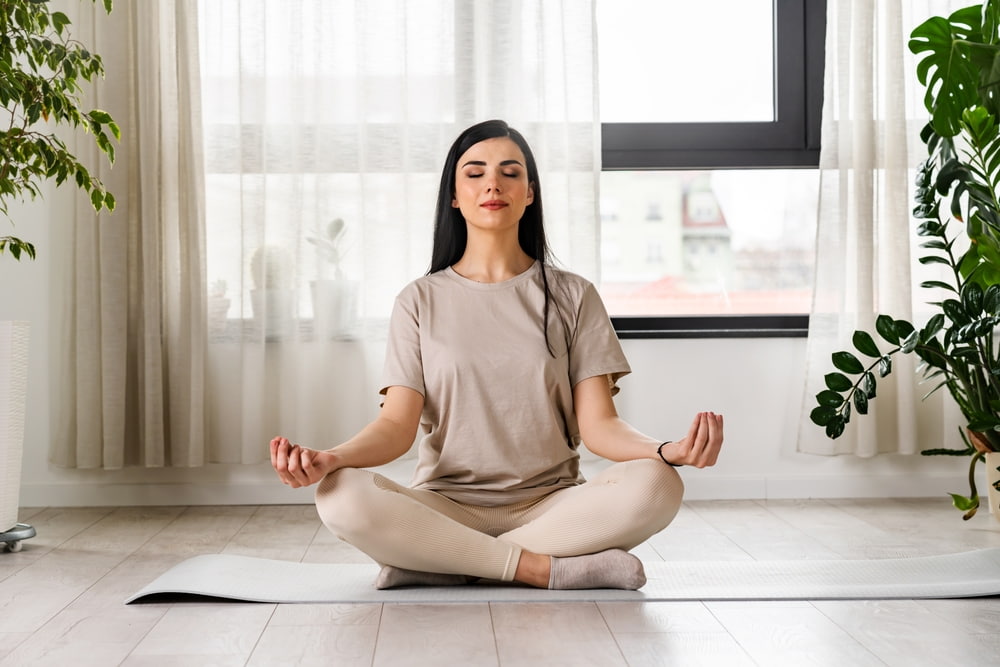

Focus on the present moment without judgment. This practice involves observing your thoughts, emotions, and sensations as they arise.
Steps:
- Sit comfortably with your back straight.
- Close your eyes and focus on your breath.
- Notice the sensation of air entering and leaving your nostrils.
- If your mind wanders, gently bring it back to your breath.
Benefits:
- Improves focus.
- Reduces stress.
- Enhances self-awareness.
2. Guided Meditation
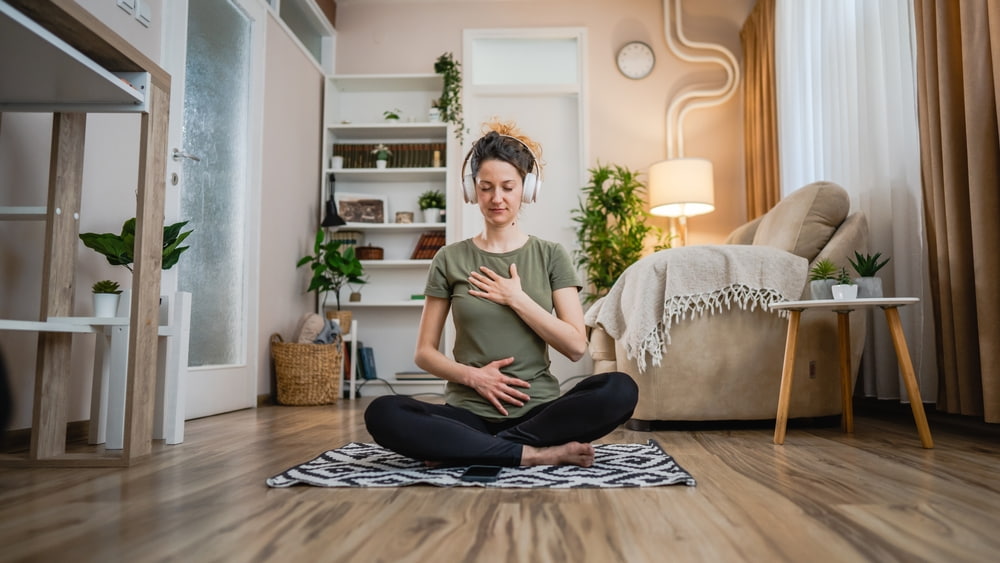

Perfect for beginners, guided meditation involves listening to a recorded voice or an instructor who leads you through the process.
Steps:
- Find a guided meditation on apps like Calm, Headspace, or YouTube.
- Sit or lie down in a quiet space.
- Follow the instructor’s voice as they guide you through breathing, visualization, or affirmations.
Benefits:
- Easy to follow.
- Provides structure for new meditators.
3. Body Scan Meditation
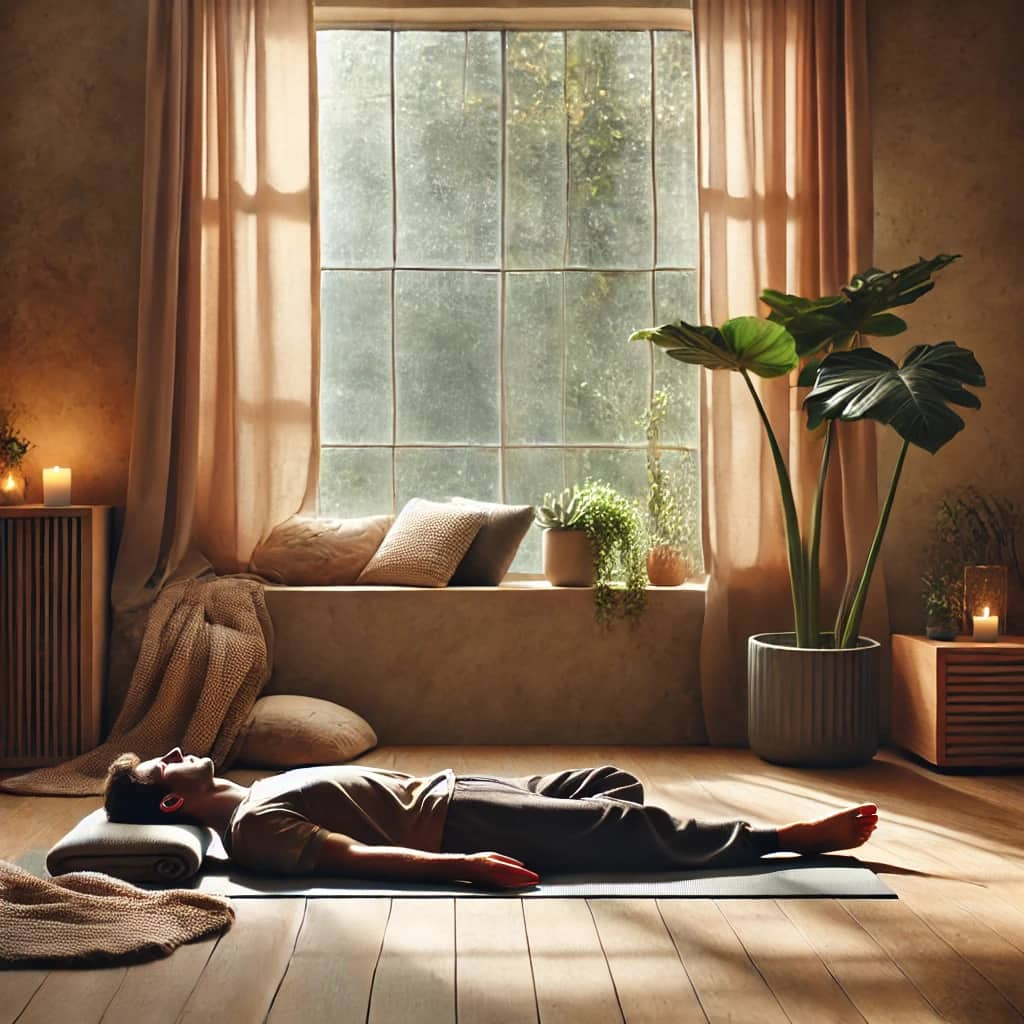

This technique involves focusing on different parts of your body to release tension and promote relaxation.
Steps:
- Lie down or sit comfortably.
- Close your eyes and take a few deep breaths.
- Bring your attention to your toes, then slowly move upwards to your head.
- Notice any tension and consciously relax each part.
Benefits:
- Relieves physical tension.
- Enhances body awareness.
- Promotes relaxation.
4. Mantra Meditation


In this practice, you silently repeat a word, phrase, or sound to focus your mind.
Steps:
- Choose a mantra like “peace,” “love,” or “om.”
- Sit in a comfortable position.
- Close your eyes and repeat the mantra softly or silently.
- Focus on the sound and vibration of the mantra.
Benefits:
- Calms the mind.
- Helps maintain focus.
- Creates a sense of positivity.
5. Breathing Meditation
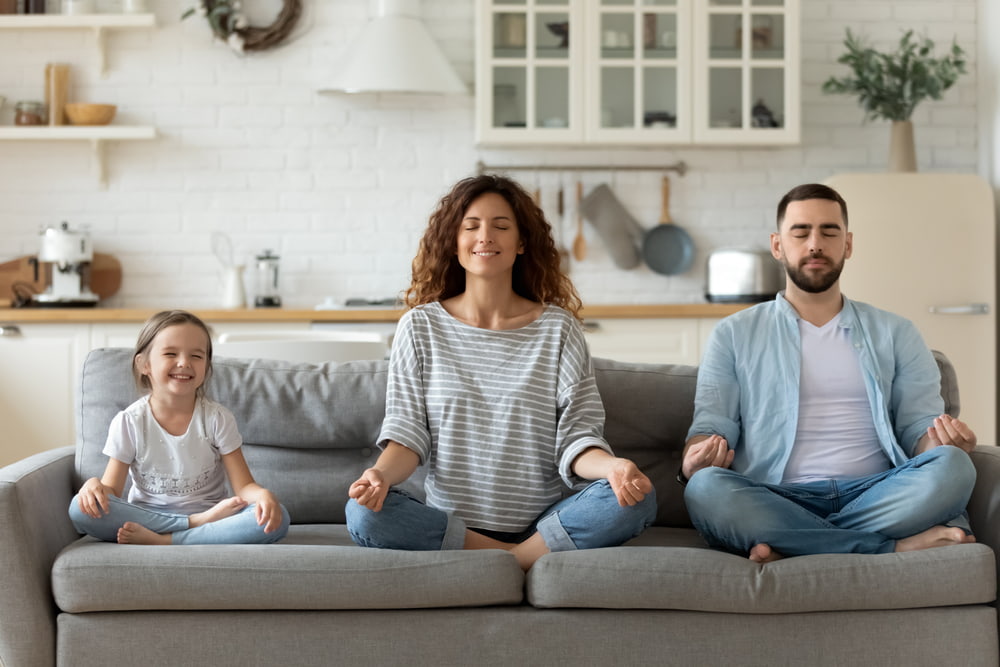

This simple yet effective method focuses solely on your breath.
Steps:
- Sit comfortably with your back straight.
- Close your eyes and take slow, deep breaths.
- Focus on the rise and fall of your chest or the sensation of air passing through your nostrils.
- If your mind wanders, bring your focus back to your breath.
Benefits:
- Reduces stress.
- Enhances concentration.
- Balances emotions.
Common Challenges for Beginners and How to Overcome Them
1. Restlessness
It’s normal to feel fidgety or distracted initially. Start with short sessions (5-10 minutes) and gradually increase the duration.
2. Intrusive Thoughts
Don’t fight your thoughts. Acknowledge them and gently bring your focus back to your meditation.
3. Inconsistency
Set reminders or pair meditation with another habit, like morning coffee or bedtime.
Real-Life Success Stories: Inspiring Transformations
Meditation has positively impacted the lives of countless individuals. Here are five inspiring success stories of people who embraced meditation and reaped its benefits:
1. Sarah’s Stress Relief
Sarah, a teacher juggling work and home responsibilities, often felt overwhelmed by stress. After trying mindfulness meditation, she noticed significant changes. By setting aside just 10 minutes daily to focus on her breath and let go of negative thoughts, Sarah experienced reduced anxiety and improved her interactions with students and family.
2. Raj’s Journey to Peace of Mind
Raj, a software engineer working long hours, faced burnout and sleepless nights. He started guided meditation through an app, spending 15 minutes every evening unwinding with visualization exercises. Over a month, Raj observed better focus at work, improved problem-solving skills, and a newfound sense of inner calm.
3. Maria’s Sleep Transformation
Maria, a 35-year-old entrepreneur, struggled with chronic insomnia. On a friend’s recommendation, she tried breathing meditation as part of her bedtime routine. Focusing on slow, deep breaths helped Maria relax her mind and body, leading to restful sleep within just two weeks. Her productivity soared, and she began each day with renewed energy.
4. Tom’s Emotional Resilience
As a single father of two, Tom faced constant emotional and financial challenges. He incorporated mantra meditation into his mornings, repeating affirmations like “I am strong” and “I am at peace.” This practice empowered Tom to stay calm during stressful moments and approach his responsibilities with positivity and resilience.
5. Ayesha’s Holistic Wellness
Ayesha, a health enthusiast dealing with chronic back pain, combined body scan meditation with her yoga practice. Focusing on each part of her body allowed her to identify and release tension, easing her discomfort. Within months, Ayesha not only felt physically better but also more emotionally balanced, inspiring her to help others explore meditation for pain relief.
FAQs About Meditation
Q1: How long should I meditate as a beginner?
Start with 5-10 minutes daily and gradually increase as you feel comfortable.
Q2: Can I meditate lying down?
Yes, but sitting upright helps prevent drowsiness.
Q3: Do I need special equipment to meditate?
No, all you need is a quiet space. Optional accessories include cushions or a yoga mat for added comfort.
Meditation at home is a simple, cost-free way to improve your mental and physical health. By practicing techniques like mindfulness, guided meditation, and body scans, you can reduce stress, find peace of mind, and create a calmer, more focused life. Start small, stay consistent, and watch the transformation unfold.

